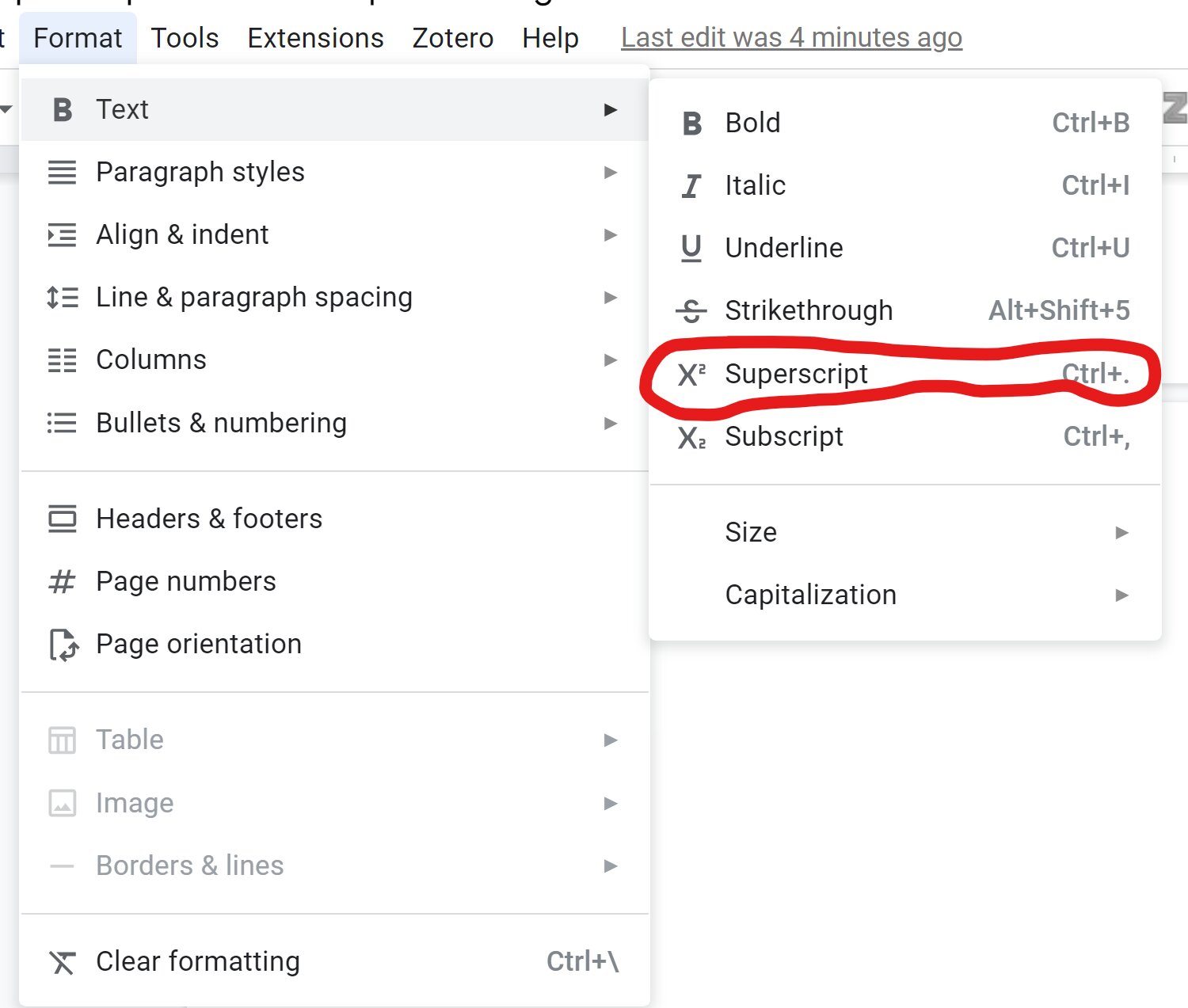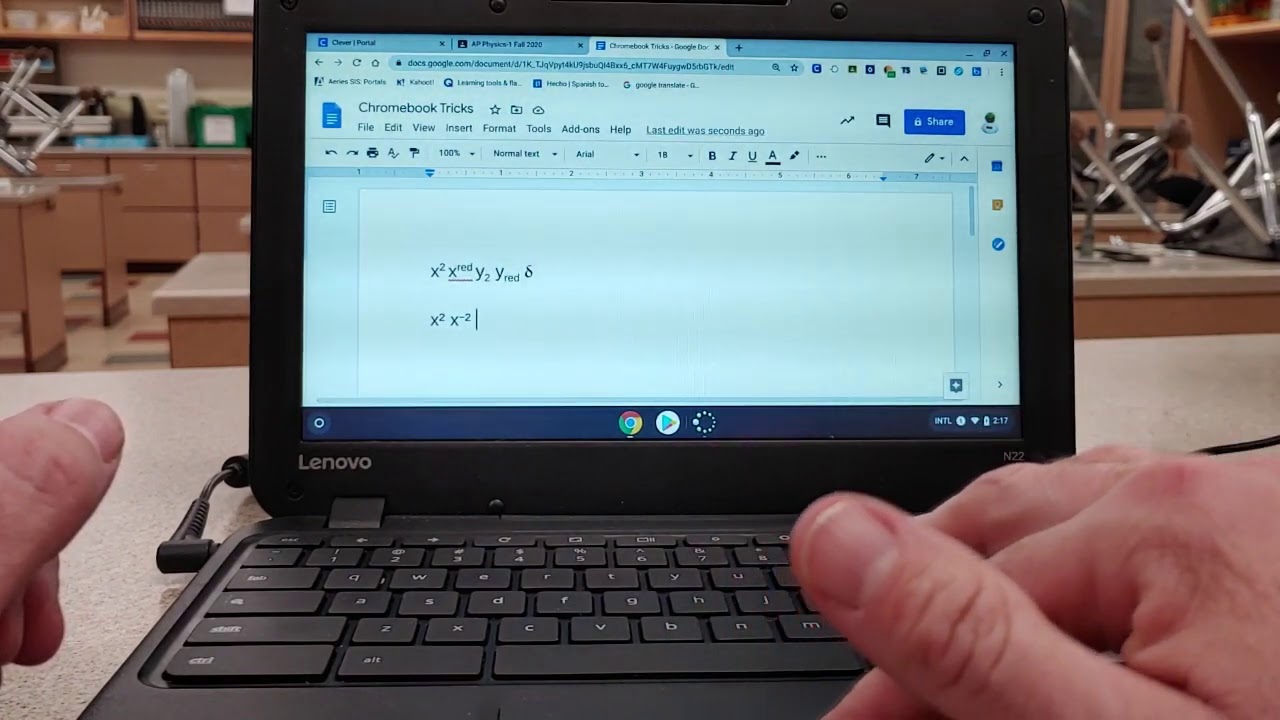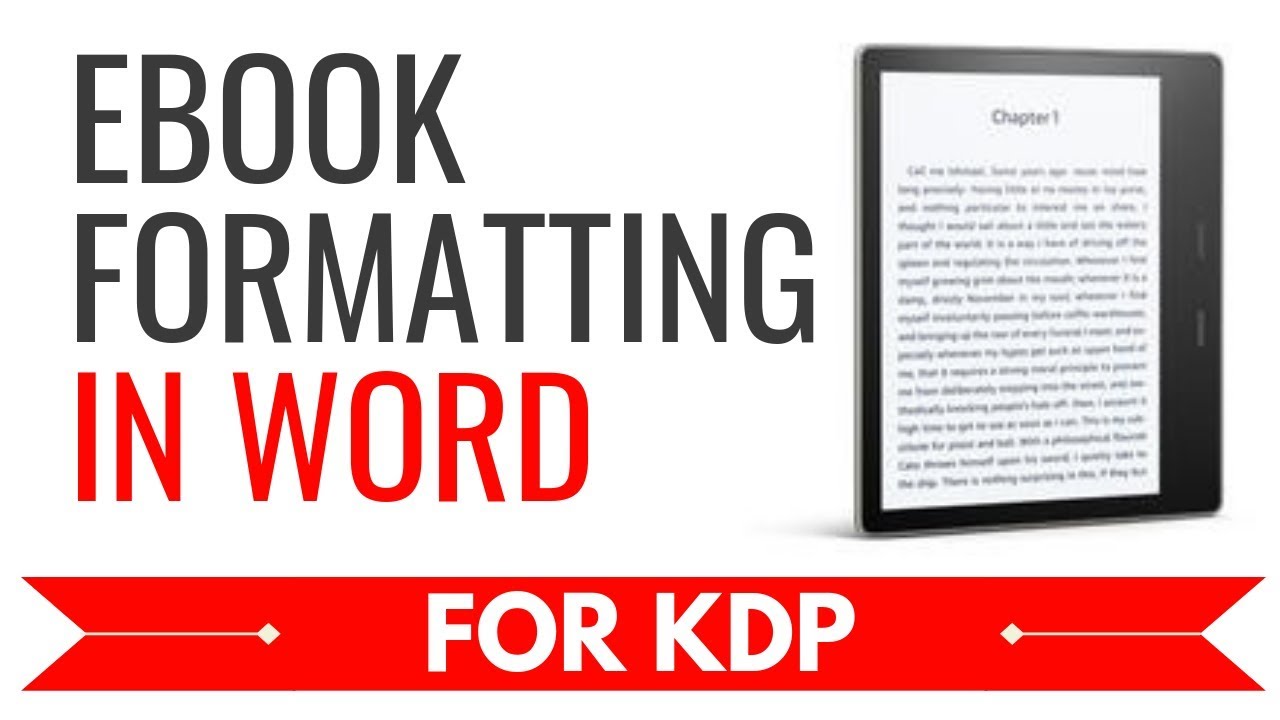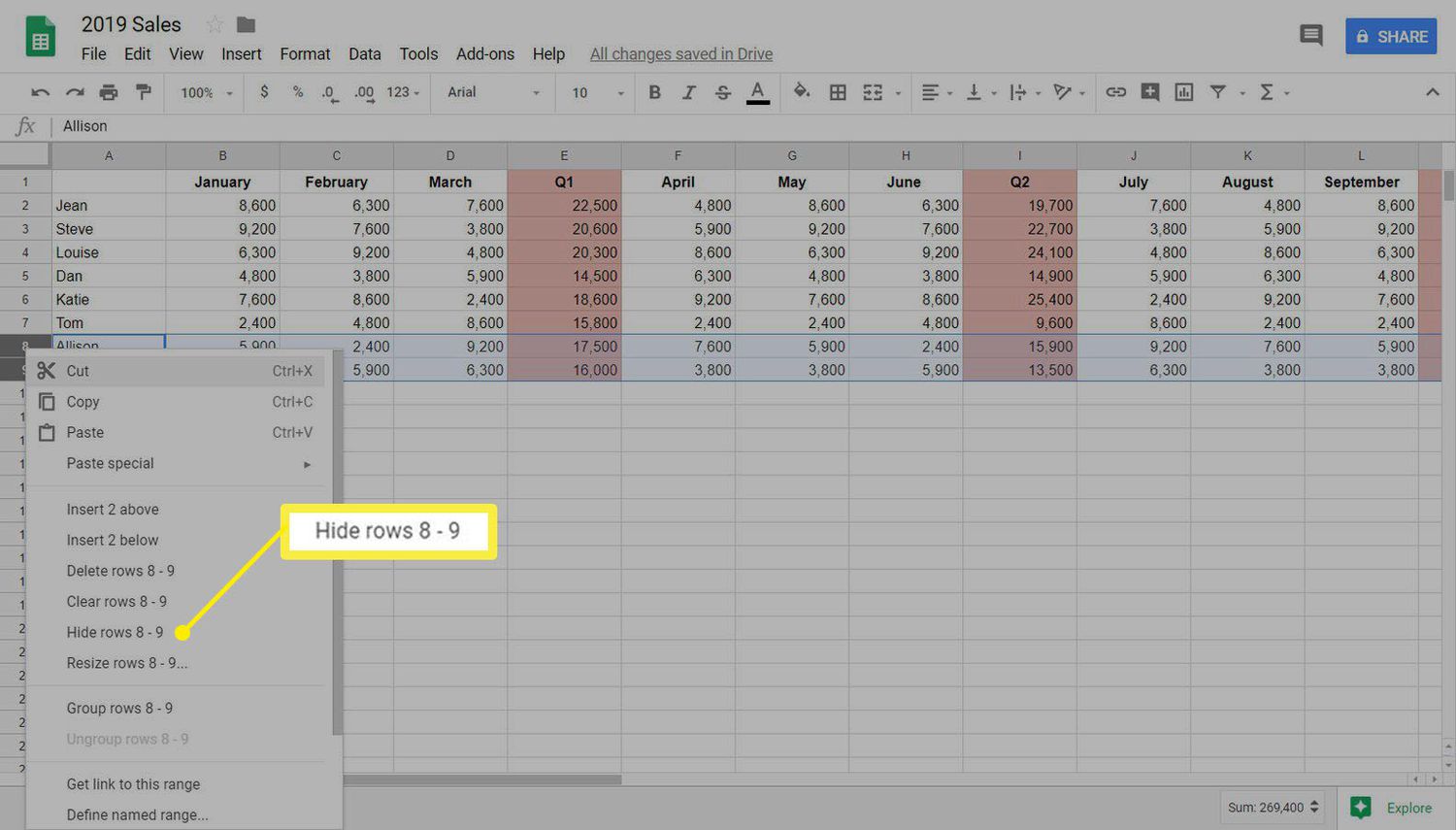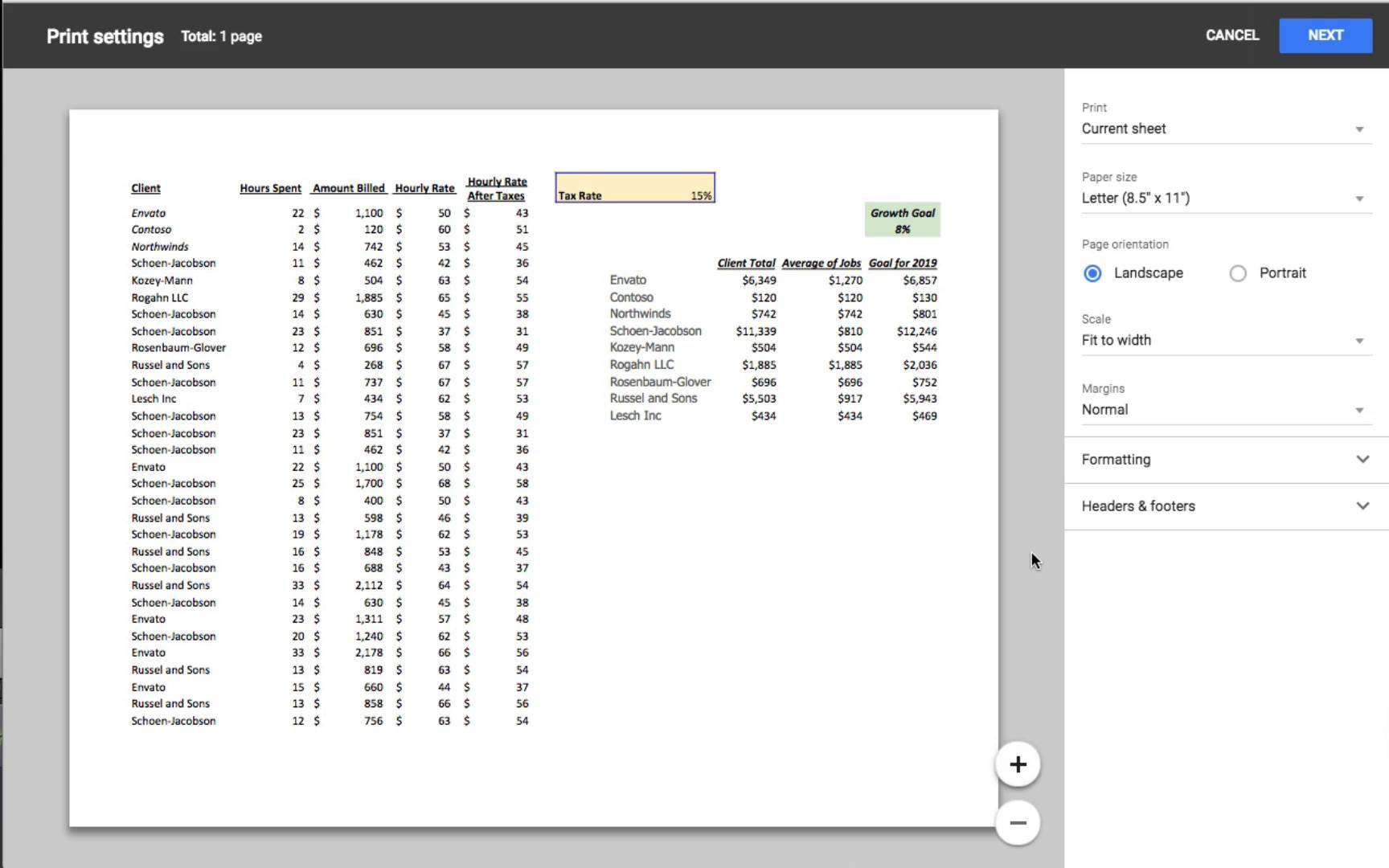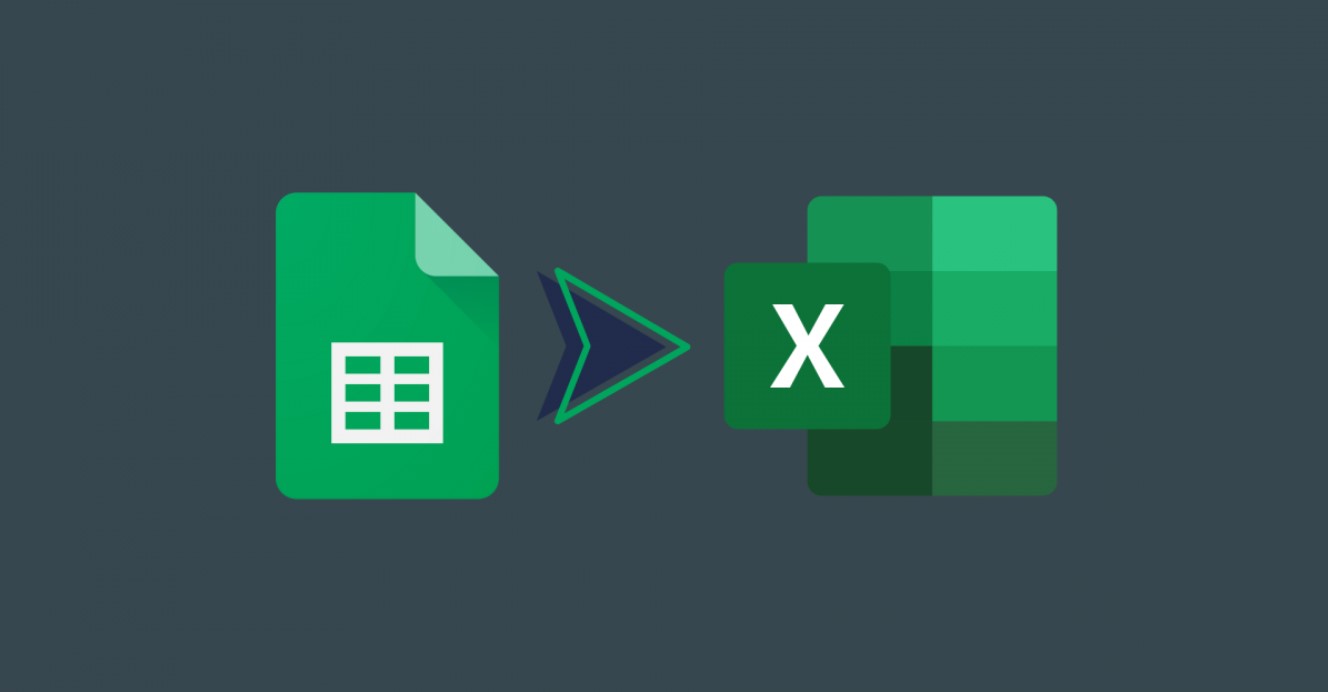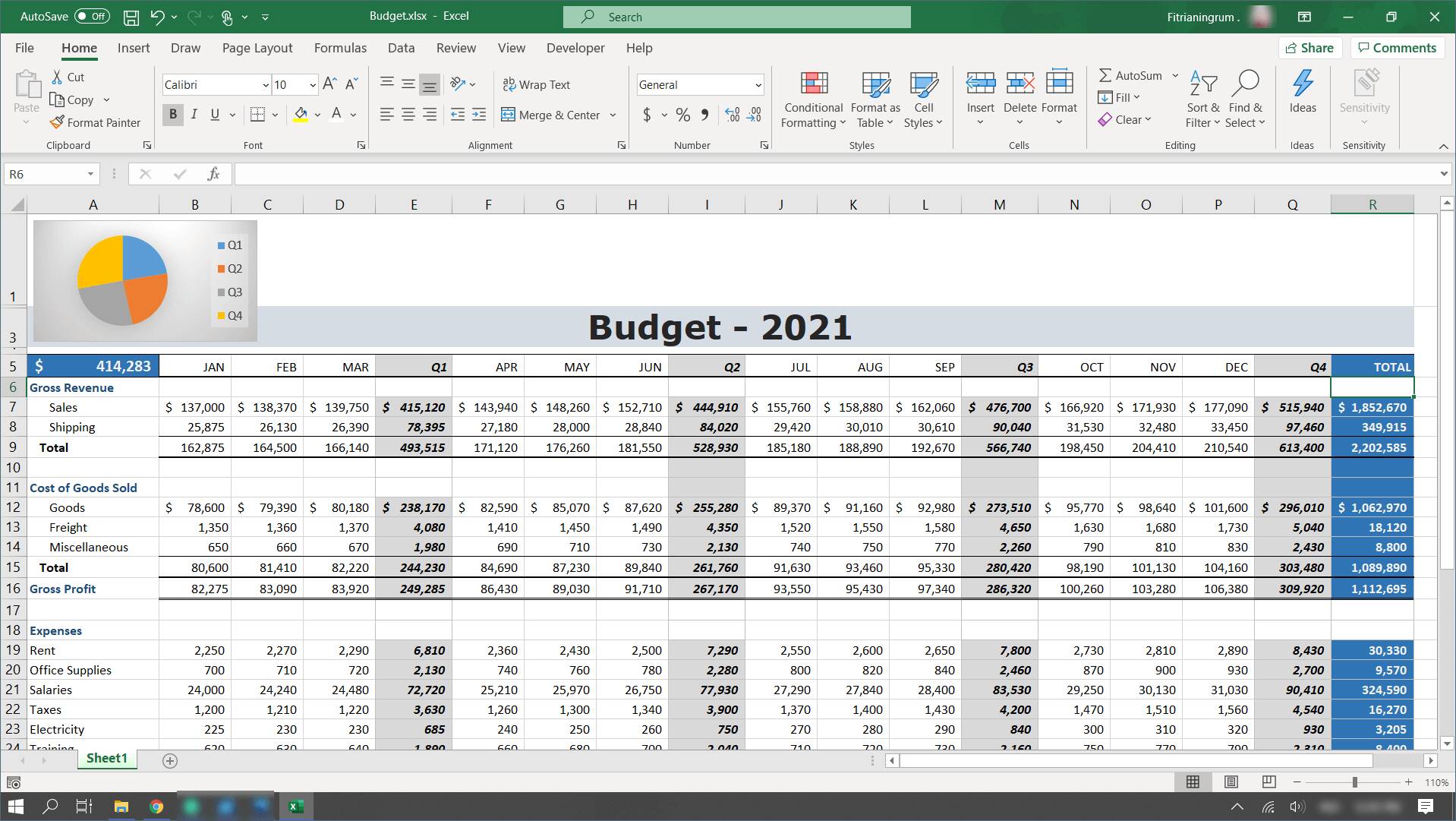Introduction
Welcome to our guide on how to do superscript in Google Sheets. Google Sheets is a powerful spreadsheet tool that allows you to perform calculations, organize data, and create visually appealing documents. One of the formatting features that can greatly enhance the presentation of your data is superscript. Superscript is a formatting style where text appears smaller and raised above the baseline, typically used for footnotes, mathematical equations, chemical formulas, and other specialized notations.
Using superscript in Google Sheets can help you create professional-looking documents, improve readability, and convey complex information more effectively. Whether you’re a student working on a research paper, a business professional preparing a financial report, or simply someone who wants to elevate the visual appeal of their spreadsheets, knowing how to use superscript in Google Sheets is a valuable skill to have.
In this guide, we will explore different methods to apply superscript formatting in Google Sheets. We will cover using the function bar, format options, and keyboard shortcuts to easily add superscript to your text. Additionally, we will provide some tips and tricks to optimize your use of superscript and enhance your overall Google Sheets experience.
So, let’s jump right in and learn how to make your text superscript in Google Sheets!
The Importance of Superscript in Google Sheets
Superscript formatting plays a crucial role in Google Sheets by allowing you to present information in a more organized and visually appealing manner. Here are a few reasons why superscript is important in Google Sheets:
- Footnotes and References: Superscript is commonly used to represent footnotes or references in academic papers and reports. By using superscript, you can easily indicate additional information or sources without cluttering the main text, making it easier for readers to follow along.
- Mathematical Equations and Formulas: When working with mathematical equations or formulas in Google Sheets, superscript is essential for properly displaying exponents, powers, and indices. It helps to clearly distinguish between the base value and the exponent, improving the readability and understanding of complex mathematical expressions.
- Chemical Notations: Superscript is widely used in chemistry to represent molecular formulas, isotopes, and other chemical notations. By using superscript, you can accurately represent the structure and composition of molecules, enhancing the precision and clarity of your chemical data.
- Data Annotations: In data analysis and reporting, superscript can be used to annotate specific points or data values. This allows you to highlight important information, outliers, or outliers in your data, drawing attention to specific details and making your analysis more comprehensive.
- Visual Hierarchy: By using superscript, you can create a visual hierarchy in your Google Sheets documents. It helps to differentiate between regular text and smaller, raised text, making it easier to navigate through the document and locate specific information quickly.
Overall, understanding how to effectively use superscript in Google Sheets can greatly enhance the presentation, readability, and comprehension of your data. It allows you to convey complex information more efficiently and create professional-looking documents that capture the attention of your audience.
Understanding Superscript
Before diving into the methods of applying superscript formatting in Google Sheets, it’s important to have a clear understanding of what superscript is. Superscript is a text formatting style where characters appear smaller and raised above the baseline. It is commonly used to represent footnotes, mathematical notations, and other specialized data in a visually distinct manner.
In superscript text, the characters are scaled down and positioned higher than the normal text, giving them a raised appearance. This formatting style is particularly useful when presenting information that is secondary or supporting, as it helps to maintain readability without disrupting the flow of the main text.
When working with superscript in Google Sheets, keep in mind the following key points:
- Character Size: Superscript text appears smaller than regular text to create a visual contrast. This reduction in size ensures that the superscript characters do not overpower the main text and maintain a harmonious visual balance.
- Vertical Positioning: Superscript characters are raised above the baseline to distinguish them from normal text. This vertical positioning helps to clearly differentiate between regular text and superscript, allowing for easier identification and comprehension of the information conveyed.
- Usage Guidelines: While superscript is widely used in academia, mathematics, and other specialized fields, it is crucial to ensure its appropriate usage. When employing superscript, consider the context and purpose of the information being presented to maintain accuracy, clarity, and consistency in your documents.
Understanding the fundamentals of superscript formatting will enable you to effectively utilize this technique in Google Sheets. By incorporating superscript text strategically, you can enhance the visual appeal, readability, and overall professionalism of your spreadsheets.
Method 1: Using the Function Bar
One of the easiest ways to apply superscript formatting in Google Sheets is by using the function bar. The function bar allows you to access various formatting options, including superscript, with just a few clicks.
Follow these steps to use the function bar to apply superscript formatting:
- Select the cell or range of cells where you want to apply superscript formatting.
- Go to the top menu and click on the “Format” tab.
- In the drop-down menu, hover over “Text” and select “Superscript”.
- Alternatively, you can use the shortcut Ctrl + Shift + + (Windows) or Command + Shift + + (Mac) to apply superscript directly without accessing the function bar.
- The selected text will now appear in superscript format.
Using the function bar to apply superscript is quick and straightforward. It allows you to format your text without the need for any complex coding or manual adjustments. This method is especially useful when you have specific cells or ranges of cells that require superscript formatting.
Remember that using the function bar to apply superscript formatting affects the entire cell or range of cells. You cannot apply superscript to only a specific portion of the text. If you need to superscript only a part of the text within a cell, you can use alternative methods like format options or keyboard shortcuts, which we will cover in the following sections.
Method 2: Using Format Options
Another way to apply superscript formatting in Google Sheets is by using the format options. This method allows you to superscript specific portions of text within a cell, giving you more flexibility in formatting.
Follow these steps to use format options to apply superscript formatting:
- Select the cell containing the text you want to superscript.
- Right-click on the selected cell and choose “Format cells” from the context menu.
- In the Format Cells dialog box, click on the “Text” tab.
- Check the “Superscript” option to apply superscript formatting to the selected text.
- Click “OK” to apply the changes and close the dialog box.
By using format options, you can selectively superscript specific portions of text within a cell. This is particularly useful when you have mixed content in a cell, and only certain parts of it require superscript formatting.
In addition to right-clicking and using the context menu, you can also access the format options by going to the top menu and selecting “Format” > “Number” > “More Formats” > “Custom number format” and then applying the superscript format there. This method allows for further customization and control over the formatting options.
Remember that using format options to apply superscript only affects the selected text within the cell and not the entire cell itself. You can apply superscript to multiple parts of the same cell or different cells based on your requirements, making it a versatile method for formatting your text.
Method 3: Using Keyboard Shortcuts
If you prefer a quicker way to apply superscript formatting in Google Sheets, you can utilize keyboard shortcuts. Keyboard shortcuts allow you to perform actions without having to navigate through menus or use the mouse, saving you valuable time and effort.
Follow these steps to use keyboard shortcuts to apply superscript formatting:
- Select the text you want to superscript within a cell.
- Use the following keyboard shortcuts based on your operating system:
- Windows: Press Ctrl + . (period) together.
- Mac: Press Command + Shift + X together.
- The selected text will now be in superscript format.
By utilizing keyboard shortcuts, you can quickly apply superscript formatting to your text without having to navigate through menus or access the format options. This method is especially beneficial when you need to apply superscript frequently or in situations where time is of the essence.
It’s important to note that keyboard shortcuts work on the selected text within a cell and not the entire cell. If you need to superscript all the text within a cell, you can use the function bar method or format options instead.
Take advantage of keyboard shortcuts to streamline your workflow in Google Sheets and make applying superscript formatting a breeze.
Tips and Tricks for Superscript in Google Sheets
Now that you’ve learned the methods for applying superscript in Google Sheets, let’s explore some tips and tricks to optimize your use of this formatting feature:
- Combine Superscript with Other Formatting: Experiment with combining superscript with other formatting styles like bold, italic, or underline to enhance the visual impact of your text.
- Use Superscript for Data Annotations: Utilize superscript to annotate data points, add explanations, or indicate units in your spreadsheet. This can improve the clarity and understanding of your data.
- Create Custom Keyboard Shortcuts: If the default keyboard shortcuts for superscript don’t suit your preferences, consider creating custom shortcuts using third-party tools or extensions for Google Sheets.
- Copy and Paste Superscript Text: If you have existing superscript text in a different application or document, you can copy and paste it directly into Google Sheets. The superscript formatting should be retained.
- Remember to Convert Superscript when Sharing: If you plan to share your Google Sheets document with others who may not have superscript functionality, consider converting the superscript text to regular text to ensure proper readability.
- Undo Superscript Formatting: If you need to remove the superscript formatting, use the appropriate formatting options or keyboard shortcuts to revert the text back to regular formatting.
- Test Superscript in Different Platforms: Ensure your superscript formatting displays correctly across different platforms such as Windows, Mac, and mobile devices to avoid any inconsistencies.
By taking advantage of these tips and tricks, you can elevate your usage of superscript in Google Sheets. Whether you’re striving for improved data presentation, increased readability, or clearer communication, these strategies will help you make the most of superscript formatting.
Conclusion
In conclusion, knowing how to apply superscript formatting in Google Sheets is a valuable skill that can greatly enhance the presentation and clarity of your data. Superscript is a text formatting style where characters appear smaller and raised above the baseline, commonly used for footnotes, mathematical equations, chemical notations, and more.
We explored three different methods for applying superscript formatting in Google Sheets. You can use the function bar to apply superscript to entire cells or ranges, format options to selectively superscript specific portions of text within cells, or keyboard shortcuts for quick and efficient formatting.
Remember to experiment with various formatting combinations, like combining superscript with bold or italic, to create visually appealing documents. Additionally, utilize superscript for data annotations and custom keyboard shortcuts to streamline your workflow.
When sharing your Google Sheets document, it’s important to ensure that superscript formatting displays correctly across different platforms. If necessary, convert superscript text to regular text for optimal readability.
By following these tips and techniques, you can effectively use superscript in Google Sheets to create professional-looking documents, enhance data comprehension, and convey complex information with ease.
So, go ahead and elevate your spreadsheets by incorporating superscript formatting to make your data presentation stand out!







